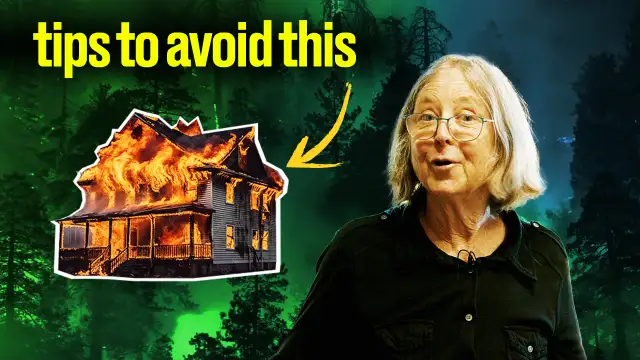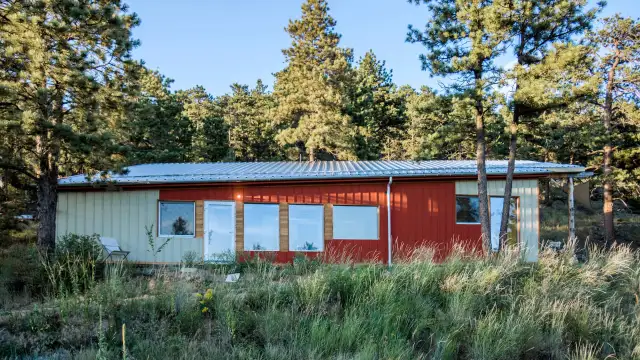By Mary James
When the Eaton and Palisades fires swept through Los Angeles starting in early January of this year, more than 16,000 structures burned. In addition to the devastating personal and economic losses that these burned-out buildings represent, each pile of charred remains is a reminder of the tons of carbon emissions and toxic chemicals that each structure releases. The quest to rebuild with an eye to creating fire-resistant homes has never been more urgent.
With that goal in mind, the Passive House Network (PHN), in collaboration with Passive House California, has launched a new design competition intended to create a catalog of Passive House homes that are fire resilient. The network is looking to inspire the design community to showcase how Passive House can be instrumental in creating sustainable, healthy, and fire-resilient structures, in a variety of styles that reflect the diversity of Los Angeles aesthetics.






